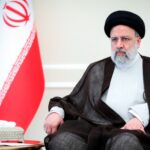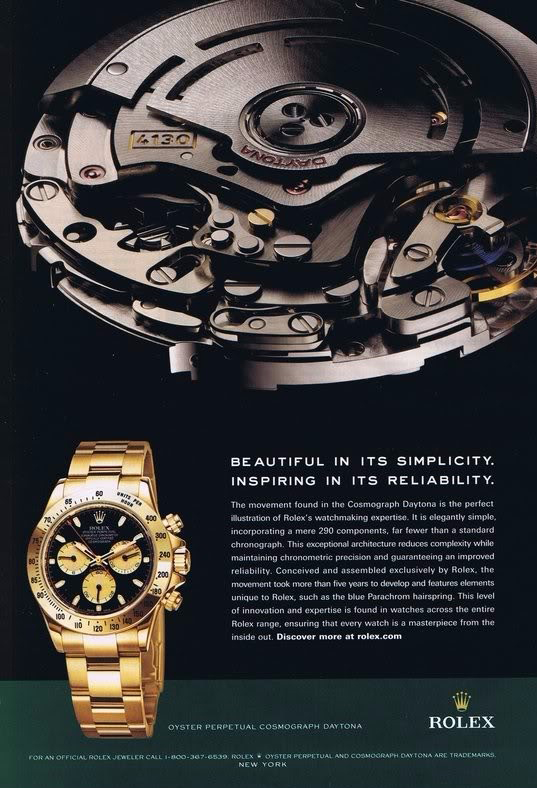
SEOUL, South Korea — When Kim Jong Un, the leader of North Korea, ascended to power more than a decade ago, he repeated two promises that his family has made since founding the country in 1948: to strengthen the military and to improve the economy.
On the military front, Kim, 38, has delivered more than his father and grandfather who ruled before him, accelerating the country’s nuclear and missile programs.
On the economic front, he has struggled, an already isolated country made more so by years of international sanctions over his nuclear program and border closures since the coronavirus pandemic.
Sign up for The Morning newsletter from the New York Times
Its trade with the outside world devastated, North Korea is scrambling for American dollars and other hard currency, not just to feed its people but to finance Kim’s military and economic ambitions. It is smuggling coal and stealing cryptocurrency. It is also trying to squeeze every bit of cash from the public, selling smartphones and other imported goods to the moneyed class, as well as collecting “loyalty” donations in exchange for political favors.
State-run stores like the one in the capital of Pyongyang are a critical piece. Customers can use American dollars to pay for international brands of instant noodles, deodorant, diapers and shampoo, while change is returned in North Korean won.
Such transactions, and other illicit activities, have allowed Kim to keep American dollars flowing into his coffers. It has given him the means to expand the country’s arsenal and capabilities, including testing a new intercontinental ballistic missile this month.
North Korea is now firing missiles at a rapid, sometimes daily clip. Washington, Seoul and Tokyo have all warned that Kim may soon conduct a nuclear test, its first since 2017.
Ascension to Power
On April 15, 2012, Kim gathered a massive crowd in Pyongyang to deliver his first public speech as the leader of North Korea. He said he would guide the country through any obstacle or challenge toward prosperity, yet he made clear that his first priority would be to “strengthen the People’s Army in every way.”
As he has pursued his dual goals, he has used a blend of propaganda and terror, purging or executing anyone standing in his way, while presenting himself as a “people-loving” leader in state-run media. He has made the government relatively less opaque, delivering frequent speeches and making decisions through broad party meetings. Kim even apologized for his shortcomings, tossing aside the myth of a faultless, godlike leader.
But Kim also knew that a real breakthrough for his country could be achieved only through negotiations with the United States, which led the push for international sanctions. When he met Donald Trump in 2018, he became the first North Korean leader to hold a summit with a U.S. president.
An Expanding Arsenal
Although North Korea has spent decades developing its weapons, Kim can take credit for the bulk of the advances. During his rule, the country became the first U.S. adversary since the Cold War to test both an intercontinental ballistic missile and what he said was a hydrogen bomb. Four of the country’s six underground nuclear tests happened under his watch.
In 2017, North Korea conducted its first successful test-launch of an ICBM, the Hwasong-15, which Kim said was capable of attacking the United States with a large nuclear warhead. Since his diplomacy with Trump collapsed, he has focused on making his arsenal more diverse and sophisticated, unveiling and then testing a host of new weapons, from a next-generation ICBM, the Hwasong-17, to nuclear-capable short-range missiles.
At a party congress in January 2021, Kim ordered his government to build both “super-large nuclear warheads” and make “nuclear weapons smaller, lighter and tactical.” He has called for the development of hypersonic missiles, submarine-launched ICBMs, nuclear-powered submarines and spy satellites. In April, he vowed to expand his nuclear forces “at the fastest possible speed.”
Although some recent ICBM tests have failed, North Korea is believed to have enough plutonium and enriched uranium to produce 45 to 55 nuclear weapons and may have already assembled 20 to 30 warheads, according to an estimate from the Nuclear Information Project with the Federation of American Scientists.
During a congressional hearing this past summer, John Plumb, the Pentagon’s assistant secretary of defense for space policy, confirmed that most of North Korea’s ballistic missiles had a “capacity to carry nuclear payloads.”
The country has tested a dizzying number of weapons in recent months, one of which flew farther and higher than its earlier ICBMs. But North Korea has never launched a missile on a full ICBM range of 6,000 to 9,300 miles, raising doubts that it has fully functioning nuclear warheads that can survive the violent “reentry” into Earth’s atmosphere and hit targets across an ocean.
So far, it has launched all its ICBMs at deliberately lofted angles, the missiles soaring high into space. Their thrust was powerful enough that if launched at normal angles, they could theoretically reach parts or the whole of the United States, according to missile experts.
Kim delivered a message to Washington in 2018: “The United States needs to be clearly aware that this is not merely a threat but a reality,” he said. “The nuclear button is on my office desk all the time.”
His arsenal is not only a war deterrent to secure his regime’s safety from foreign invasion but diplomatic leverage to win economic and other concessions. As part of his diplomacy with Trump, Kim halted nuclear and ICBM tests. But when it failed, he tried to strengthen his bargaining power by doubling down on expanding his weapons program.
Kim seems to have reached the conclusion that delivering on his promise of military strength is his best hope for economic gains, by exchanging part of his arsenal for sanctions relief. The recent torrent of missile tests, analysts say, was part of his attempt to flaunt his growing threat and bring Washington back to the negotiating table.
Economic Reforms
When he made that first speech in 2012, Kim also said he would ensure that his people would “not tighten their belts again,” a promise his father and grandfather made but failed to fulfill.
He introduced reforms that gave factories and farms more autonomy while keeping them under state ownership. He opened up more markets to supplement North Korea’s fragile ration system, which collapsed in the 1990s and contributed to a devastating famine. He vowed to weed out corruption and favoritism. He announced plans to open a host of free economic zones to attract foreign investors.
The extent of Kim’s economic drive is most clearly on display in Pyongyang, home to the loyal elite. The city has become brighter, its supermarket shelves more full of imports and domestically produced goods. Its skyline has also become dotted with tall, newly built apartment towers. Much of the change is cosmetic, many decrepit buildings coated with pastel-color paints.
While other cities remain far behind, Kim has concentrated his resources on the capital, positioning Pyongyang as a model of urban development. Under Kim, North Korea has opened a new terminal at the city’s international airport, renovated subway stations and opened new amusement parks.
Last year, Kim created several new residential districts on the outskirts of the city. He said there would be 50,000 new homes by 2025, the 80th anniversary of the party, to help alleviate housing shortages and replace the city’s older homes. Many are high-end apartments to be doled out to the elites in the hopes of maintaining their loyalty.
These reforms have done little to improve the country’s economic prospects.
North Korea crawled out of the catastrophic impact of the famine of the 1990s, growing an average 1.2% annually between 2012 and 2016, according to the South Korean statistical agency. But that was before sanctions and the pandemic.
The economy began contracting again in 2017. None of Kim’s planned economic zones have been built.
Resort towns that were being built to attract foreign tourists remain half finished or empty.
Last year, Kim warned of a potential food crisis and urged his people to prepare for tough times ahead. He has also told them to be ready to “tighten our belts” again.
Following the Money
To keep his promises, Kim needs cash urgently. He told parliament in September that the government’s most important task was to solve the problem of the people’s living standards. Missile tests this year cost North Korea hundreds of millions of dollars, according to estimates by South Korean and American researchers.
His options are dwindling. The country’s combined trade deficit — the gap between the goods and services it imports and how much it exports — amounted to an estimated $8.3 billion between 2017 and 2021. Even factoring smuggling coal, selling fishing rights, stealing cryptocurrency and other illicit activities, the trade deficit may still amount to at least $1.9 billion, according to researchers at the Institute for National Security Strategy, a think tank affiliated with South Korea’s National Intelligence Service.
Kim’s regime is now trying aggressively to absorb as much foreign currency as possible from the public, especially from North Koreans who have accumulated such savings by smuggling goods from China.
The country has cracked down on the use of the U.S. dollars in nonstate markets, to force people to convert them into local currency. An unlicensed money-exchanger was executed for disrupting currency rates, according to South Korean intelligence officials. The government has encouraged people to deposit their dollar savings in banks, to place them under state monitoring.
To attract spenders with foreign savings, department stores are filled with imported goods, including Rolex and Tissot wristwatches, Sony and Canon digital cameras, as well as Dior and Lancôme cosmetics — all luxury items banned under United Nations sanctions.
Selling cellphones and airtime has also become a lucrative business for Kim’s regime. More than 1 in every 5 North Koreans are believed to have cellphones.
An array of cellphones, assembled in North Korea with components imported from China, is on sale and advertised on state TV. They carry pre-installed dictionaries and state propaganda but also offer apps for traffic navigation and games, including Super Mario and Angry Birds rip-offs, and even an app that promises to repel mosquitoes with sound.
© 2022 The New York Times Company




